I agree Our site saves small pieces of text information (cookies) on your device in order to deliver better content and for statistical purposes. You can disable the usage of cookies by changing the settings of your browser. By browsing our website without changing the browser settings you grant us permission to store that information on your device.
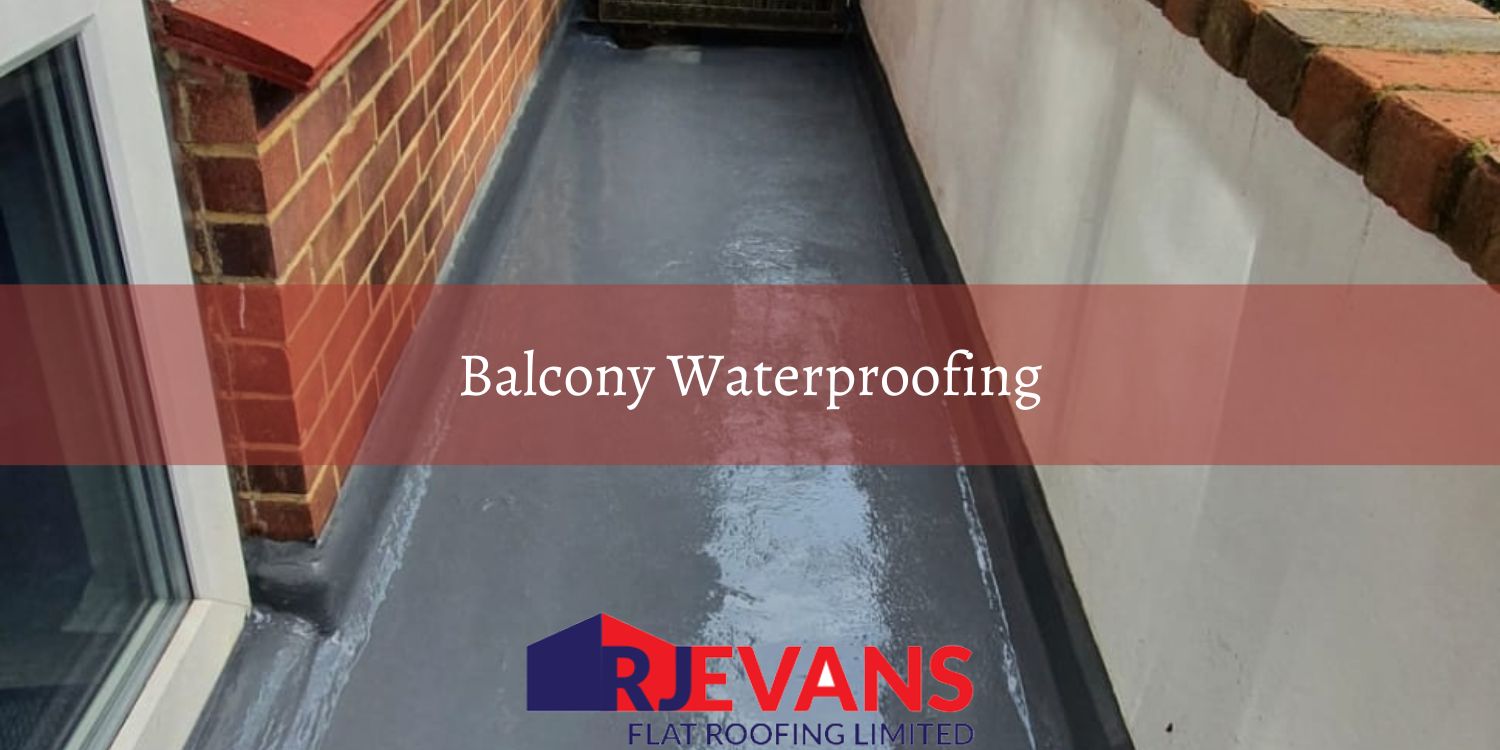
Balcony waterproofing is the process of applying protective coatings and materials to balconies to prevent water infiltration. The reason for these coatings is to prevent structural damage, decay, and mold growth. Balcony waterproofing typically involves the use of sealants, membranes, or a combination of both. The chosen balcony waterproofing product is applied to the floor and critical areas such as corners and rail attachments. The goal of balcony waterproofing is to create a water-resistant barrier which enhances the durability and safety of the balcony by protecting it against the elements. Balcony waterproofing is especially critical in environments prone to heavy rainfall or snow.
At RJ Evans, we specialise in balcony waterproofing services, ensuring your balcony is fully protected against water damage and leaks. For more information or a quote, please reach out via our contact form or call us now on 01277 375 511. One of our friendly team members will be delighted to assist you.
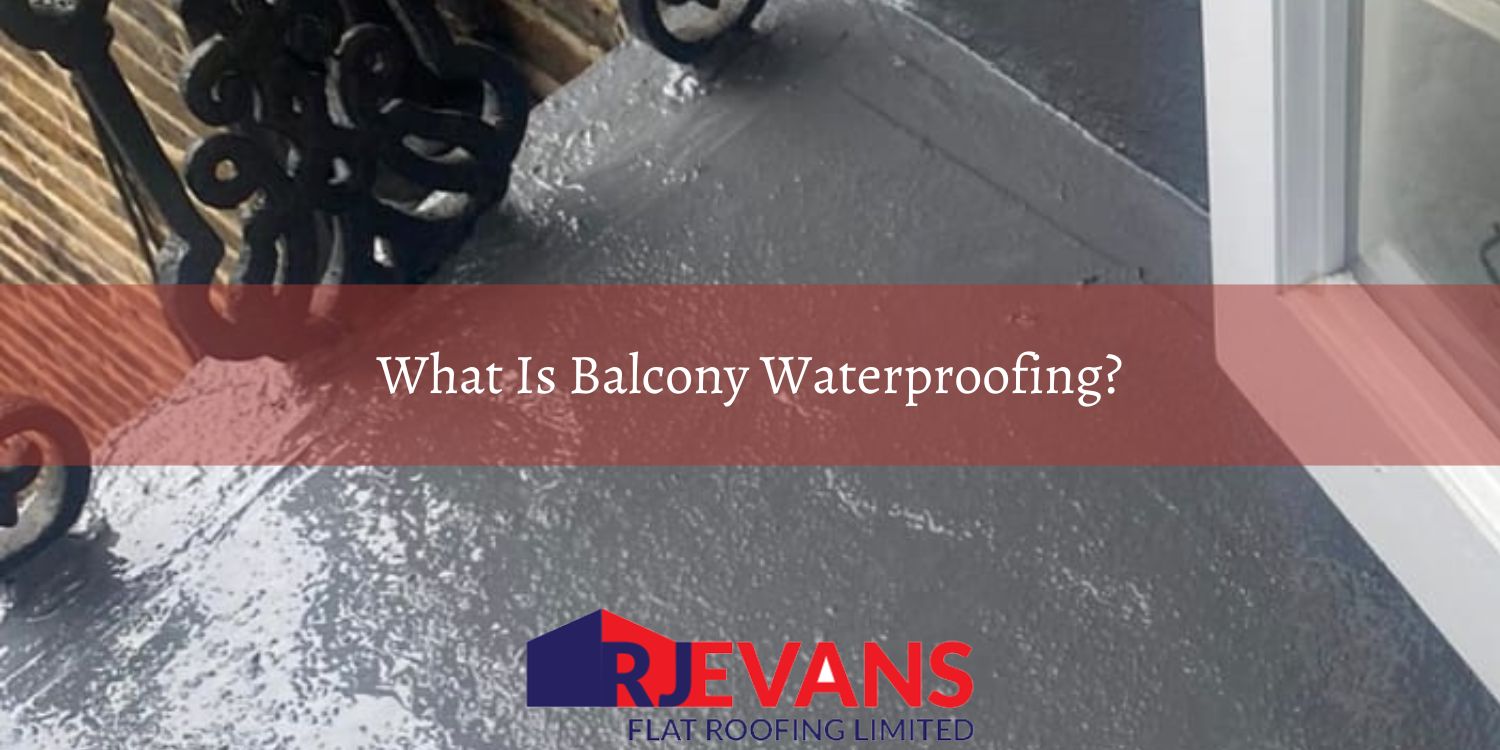
Balcony waterproofing is an essential protective measure which involves the application of specialist coats or membranes to the substrate of a balcony to prevent damage from water penetration. Balcony waterproofing is critical because balconies are often exposed to harsh weather conditions. These weather conditions include; rain, snow, and ice, all of which can cause water seepage. Without adequate balcony waterproofing, water can infiltrate into the substrate and other structural elements of a building. The consequence of this can be issues such as mould, mildew, corrosion, and even structural decay.
Balcony waterproofing normally includes several steps. Initially, the surface is cleaned and prepared to ensure it is free from debris, dust, and any existing coatings. Then, a primer is applied to enhance the adhesion of waterproofing materials. Following this, a waterproofing membrane is installed; these membranes can be liquid coatings which harden to form a seamless barrier, or they can be pre-formed sheets which are laid out and bonded to the surface.
The process of balcony waterproofing may also include the application of other waterproofing treatments. This includes; the application of sealants around the edges of the balcony and between flooring materials. The reason for these additional treatments is to address potential weak points where water might penetrate. Sometimes, a final top coat is applied to the balcony waterproofing to provide extra durability, traction or aesthetic appeal. The process of waterproofing a balcony in this manner ensures long-lasting protection, maintaining the integrity of the balcony and the overall structure of the building.
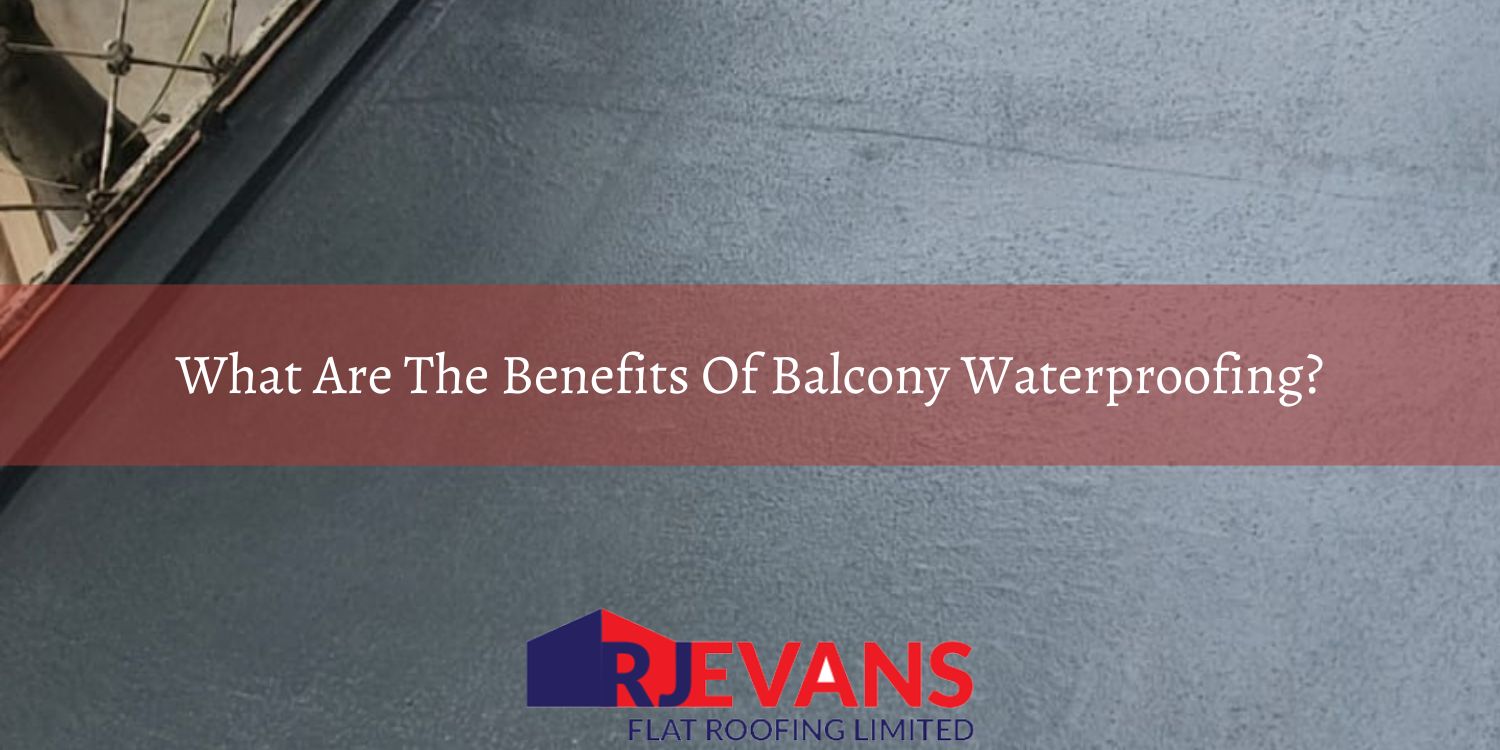
Balcony waterproofing offers a range of advantages which extend beyond just protecting the substrate. Balcony waterproofing plays a critical role in safeguarding the structural integrity of the space, enhancing its usability and the aesthetics of the building. Properly implemented balcony waterproofing should significantly reduce ongoing maintenance costs and boost the overall value of the property. Below are the main benefits of investing in balcony waterproofing:
Preventing structural damage is the main benefit of effective balcony waterproofing. Effective waterproofing of a balcony is crucial for maintaining the integrity and longevity of a building. If water penetrates into the concrete, wood, or metal structure of a balcony, severe damage can be caused. The benefit of having sufficient balcony waterproofing for the building owner is the prevention of costly repairs and potential safety hazards.
By applying a waterproof barrier to the balcony substrate, you are protecting the materials from moisture-induced corrosion and rust. Another benefit of waterproofing your balcony is you are preventing the possible warping and cracking of structural surfaces exposed to the elements. Balcony waterproofing serves as a vital preventative measure which can save homeowners and building managers significant time and expense in the future.
Avoiding mould and mildew growth is a crucial benefit of balcony waterproofing. Correct waterproofing of the balcony prevents the moist environment where mould and mildew thrives. The benefit of this is mould and mildew is unable to cause structural damage and unsightly stains on the balcony surface. Another benefit of preventing mould growth with balcony waterproofing is mould can pose serious health risks to residents or building users.
The problems mould causes include; respiratory problems, allergies, and other health complications. These problems are more likely in individuals with pre-existing health conditions or weakened immune systems. The application of a good balcony waterproofing system stops the moisture which mould and mildew need to grow. The waterproofing membrane effectively blocks this moisture from penetrating the balcony's surface. This is a key benefit of balcony waterproofing as it serves as a preventive measure which ensures the balcony it protects remains clean, and safe.
Increasing the longevity of a balcony through waterproofing is a benefit which greatly reduces the probability of maintenance being needed not just for the balcony but for the whole building. The protective coatings and specialised waterproof materials used for balcony waterproofing act as barriers against the water ingress. One of the primary causes of structural decay is water ingress. Over time, exposure to moisture often leads to the degradation of building materials which a balcony waterproofing membrane normally protects.
A balcony typically has a concrete substrate, however it can also be wood or metal. The exposure to moisture typically accelerates the degradation of these materials and eventually leads to costly repairs. Preventing water penetration, ensures the material used for the substrate is preserved. The presence of a waterproofing membrane reduces the impact of weathering and moisture-induced ageing. Balconies which have waterproof protection not only remain structurally sound for a longer period but also retain their aesthetic appeal, which avoids the need for frequent refurbishments. All of these reasons show how a quality waterproofing solution can increase the longevity of both the balcony and the building which it is part of.
Balcony waterproofing enhances safety which is a very important aspect of residential and commercial property maintenance. Water infiltration on balcony surfaces can create dangerous conditions by forming puddles or leaving damp patches. Puddles and damp patches on the surface of a balcony significantly increase the risk of slips and falls. Such accidents can lead to serious injuries, especially in buildings where a balcony is used by children or elderly individuals.
The application of a waterproofing treatment and anti-slip finishes to the balcony ensures the surface remains dry and the risk of such accidents is markedly reduced. Effective balcony waterproofing not only provides the benefit of a safer environment for users, it also helps property owners avoid potential liability issues associated with slip-and-fall incidents. Balcony waterproofing is an effective preventive measure which enhances both safety and usability.
The maintenance of aesthetic appeal is a benefit of balcony waterproofing. The application of waterproofing to the balcony plays a huge role by creating a barrier which prevents water from seeping into the substrate and building structure. Water exposure can lead to unsightly water stains and the peeling of the waterproof coating or membrane. Both peeling and water stains impact the balcony's overall appearance.
Maintaining the aesthetic appeal of a balcony is crucial not only for the enjoyment of the space but also for preserving property value. Additionally, the consistent presence of moisture can cause mould growth which may lead to the breakdown of materials. An effective waterproofing membrane makes sure the balcony remains visually appealing.
Reducing maintenance costs is another benefit of effective balcony waterproofing. A waterproofing membrane shield the balcony from the damaging effects of water exposure. The damage effects which can be caused by water exposure include; the swelling, cracking, rusting, and rotting of construction materials. The repair of these issues can be costly once they progress to a certain point.
The protection provided by the waterproofing membrane preserves the structural integrity of the balcony and reduces the amount of repairs needed. This means building owners can significantly reduce maintenance expenses over the balcony's service life if a quality balcony waterproofing membrane is installed. All of this means the initial investment in balcony waterproofing can yield long-term savings, making it a cost-effective strategy for property upkeep.
A balcony which is well-maintained and waterproofed can improve the value of the property. This is due to both the functional and aesthetic benefits of quality balcony waterproofing. A balcony which is effectively waterproofed protects the building from structural damage and visual wear. This makes the balcony more appealing. It signals to potential buyers or tenants, the building is is well cared for and enhances the aesthetic appeal of the building.
It is well known aesthetics play a crucial role in the first impressions of potential buyers or tenants, and a balcony which looks new and inviting can significantly boost a property’s curb appeal. This combined with having a positive impact on any building surveys can play a key part in increasing the demand for a property. This demand normally results in a higher property value.
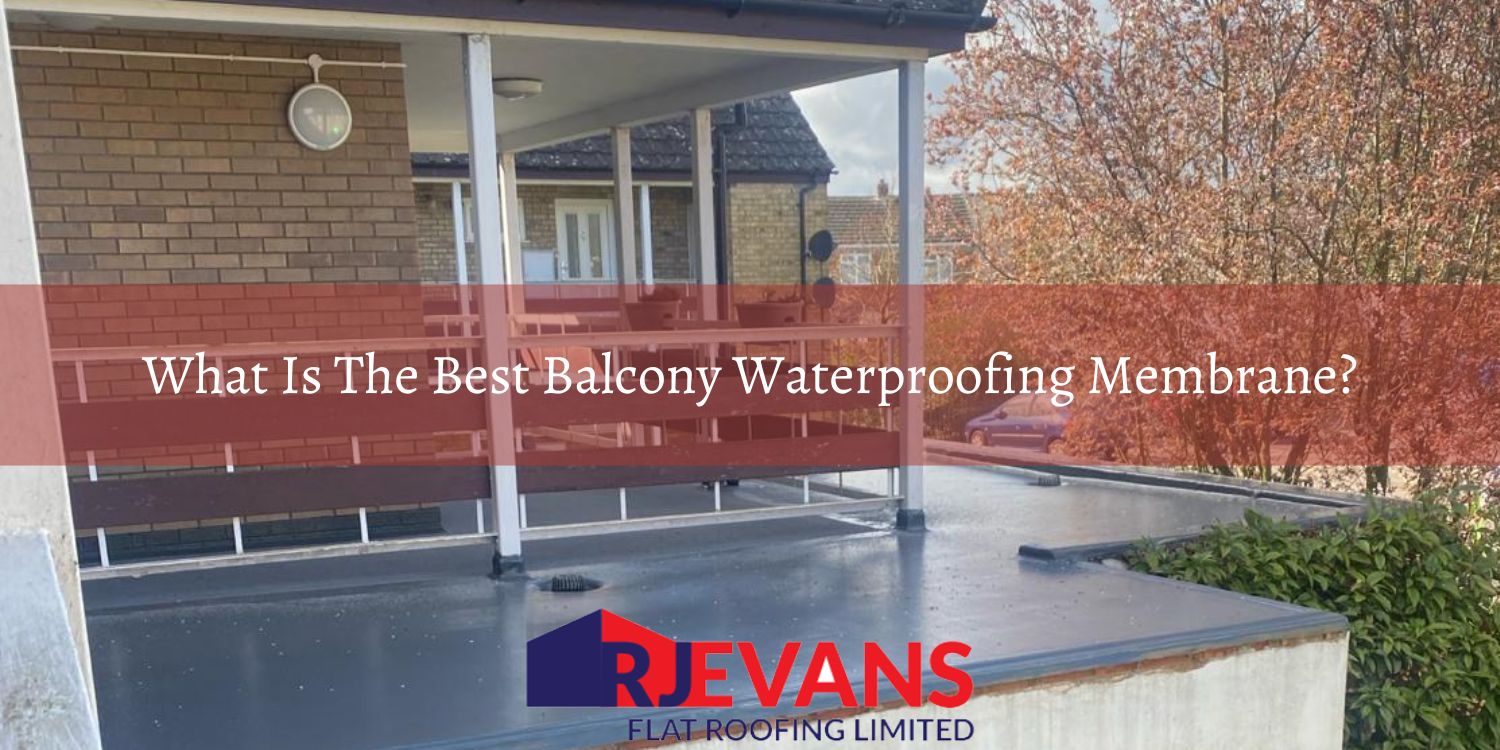
PMMA (Polymethyl Methacrylate) waterproofing, liquid Polyurethane, and mastic asphalt are the best balcony waterproofing membranes, all are recognised for their reliability and adaptability. However, choosing the best waterproofing membrane for your balcony will be different depending on the situation. When choosing the best waterproofing membrane factors including climate, usage, and architectural design must be considered. Each membrane comes with particular benefits which are helpful in different scenarios. Below we will take a closer look at best membranes for waterproofing balcony areas.
PMMA waterproofing is a fast-curing, high-performance liquid membrane. PMMA is a type of acrylic resin which is applied in liquid form and then cures to form a durable, elastic waterproof membrane over the balcony floor. PMMA is particularly valued for its rapid curing time, which can be as little as an hour, making it an excellent choice for projects where minimal disruption is required. PMMA is also known for its excellent weather resistance and can be applied in a wide range of temperatures. Like liquid polyurethane, PMMA is capable of accommodating thermal movement, making PMMA suitable for balconies and walkways in climates with large variances in temperature.
Liquid polyurethane is a flexible, waterproof coating which is applied as a liquid and then cures to form a rubber-like, waterproof membrane. Liquid polyurethane is particularly useful for balconies and walkways due to its flexibility, which allows it to expand and contract with temperature changes without cracking. This makes liquid polyurethane it an excellent choice for protecting against water infiltration. There a wide range of liquid balcony waterproofing systems on the market but PMMA and liquid polyurethane stand out as the systems with the best characteristic for balconies.
Mastic asphalt is a waterproofing material which is heated and poured onto the surface in a molten state. The mastic asphalt then cools and hardens to form a dense, impermeable layer. Mastic asphalt waterproofing is well known for its durability and effectiveness, leading to it often being called “The King Of Waterproofing”. Mastic asphalt is ideal for balconies and walkways as it can stand up to frequent rainfall, adhere to most substrates and be finished in an aesthetic manner. Mastic asphalt is hard wearing and recreation grade asphalt can be used to provide extra protection in heavy traffic areas.
All of these methods provide a strong barrier against water and are chosen based on the specific needs of the balcony, such as the expected foot traffic, weather conditions, and the overall structure of the building.
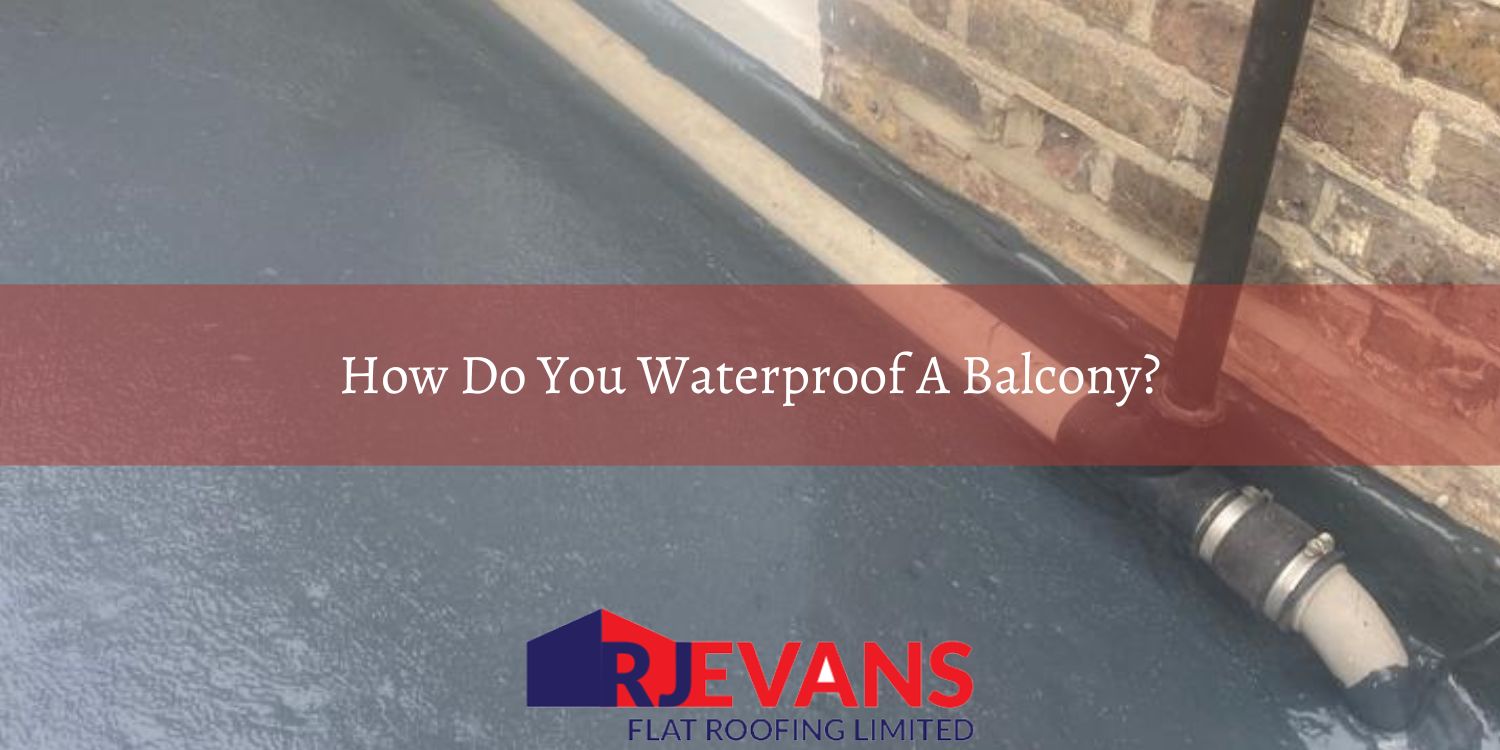
There are numerous ways to waterproof a balcony. But by far the best method is to use a liquid as a coating. This coating is the same as used for liquid roofing systems. The reason liquid is ideal for waterproofig is because often there are details on a balcony such as balustrades and outlets that are sometimes difficult to ensure complete enclosure with a single ply or felt membrane system.
Asphalt was the traditional method employed until relatively recently, where the upsurge in quality PU liquids has seen them become the main choice in waterproofing balconies. Certainly, where refurbishment is required, liquids are the easiest method to install.
PMMA is also a viable option, although it has several associated issues regarding fire, strong odour, and solvent. Normally two coats are required. The base coat is the main waterproofing layer and is usually thicker than the topcoat, which is normally the wearing coat. The typical method to waterproof a balcony using a liquid is as follows:
• Prepare the surface for waterproofing ensuring it is clean and dry
• Undertake a peel test and leave for a minimum of 48 hours to confirm adhesion strength
• Fill any cracks and joints with polyurethane sealant or fast curing compound.
• Apply a layer of primer (type dependant on substrate and if peel test dictates).
• Apply a coat of waterproofing membrane to detail and upstand areas
• Apply a layer of waterproofing membrane to horizontal area infuse quartz if anti slip required.
• Apply the finishing layer of waterproofing membrane.
The simple answer is yes, but all substrates require careful attention prior to works being carried out. There are other differences such as some substrates do not really need a primer, whereas peel tests will prove that some do. Peel tests offer up the evidence of the suitability of materials to be used on any existing substrate.
Ultimately preparation is the most import part of the roof coating process. Some substrates like asphalt will develop cracks and blisters over time and these must be filled or removed prior to works commencing. If an area is tiled (hallway areas for example) it is vital that any loose tiles are fixed back into place. Tiles would often require a different primer than asphalt for example. The most important thing is to ensure that a substrate is dry and free from dust and loose or organic material.
Balcony waterproofing costs between £50 and £110 per ㎡, this depends on the waterproofing membrane used. However, price can be outside of these ranges if the balcony has complex details or if special finishes are required. In most cases, the price depends on the amount of product used. The thicker the liquid, the more expensive the balcony waterproofing but this is counteracted by a longer the warranty period.
Guide prices are given below based on the supply and install of a 20-year life expectancy system for a 50 square metre balcony:
*All above are guideline prices based on quality BBA rated systems
• Vastly experienced waterproofing team. We have operatives with more than 40 years’ experience.
• We provide a range of FREE quotations and solutions for all projects.
• Insurance backed Guarantees.
• Excellent Customer Support throughout project.
• Rated 5 out of 5 from our previous customers.
If you would like a quotation or any information about balcony waterproofing please get in touch with us via our contact form or call us now on 01277 375 511. One of our friendly team of waterproofing experts will be delighted to help.
A flat roof balcony is an architectural feature where part of a flat roof on a building is utilised as an outdoor leisure space. A flat roof balcony is typically reinforced with a specialist top coat to handle foot traffic. The main benefit of flat roof balconies is the provision of a seamless extension of the living space. Flat roof balcony areas are particularly popular in urban environments where ground-level outdoor space is limited.
There are several obvious benefits of using liquid for balcony waterproofing.
• Speed- Typically coating a balcony with a liquid is much faster than installing a seamed system such as felt.
• Seamless- Any system that has seams is more susceptible to failure. A seam is a weak point and prone to fail due to slack workmanship or a weld being missed or welded at the wrong temperature.
• Ease of install – Due to the fast curing and ease of installation there is minor disruption on site.
• No hot works – There are vigorous health and safety requirements nowadays. Post Grenfell (1), flame systems on sites, especially occupied buildings, are becoming less and less acceptable. Liquids are cold works and completely flame free.
• Liquids can offer any colour and the wearing ability of the top coat can easily handle typical walkway traffic.
50M x 20M
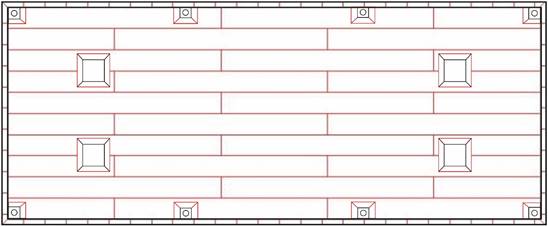
The above felt/single ply roof with seams has 732 l/m of seams open to failure.
The above liquid roof has 0 l/m of seams open to failure
The above two images clearly show how the risk of failure is greatly reduced when a liquid roof is used.
A quality installation should be expected to last between 10 and 25 years depending on the thickness of the liquid layer used. It is this thickness that dictates the life expectancy of the system. For instance, Mariseal 250 with a Mariseal 400 topcoat would use 2kg/m2 of liquid in total. This would be expected to last a minimum of 20 years. Quartz is often used to provide an anti-slip surface. So, in summary, if you use more liquid the warranty period would reflect this.